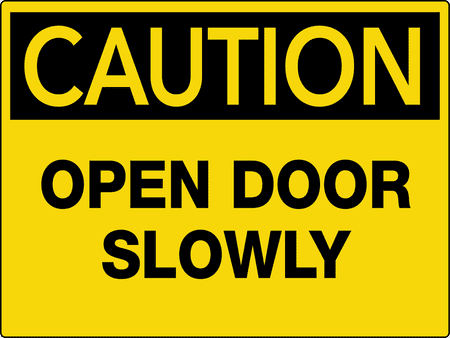
WS33009 caution opendoor slowly 80202.1403546520.450.450
Demand for both business and leisure travel has fallen in the wake of the Covid-19 crisis. On Wednesday we spoke about changes to business travel. Today, we will focus on leisure travel. Leisure travel is directly correlated to economic activity, and with the virtual shutdown of major segments of the US economy through lockdowns, the economy is in the tank. Jobless claims jumped by more than 6 million in one week, illustrating the depth of this crisis and the extent of the economic damage. Even if we were to declare the economy open tomorrow and end the stay in place orders, the economic damage has been delivered. Economic stimulus payments and unemployment compensation are typically not used for leisure travel, but necessities. A large portion of the working class that is either unemployed or under-employed at the current time will be unlikely to travel in the near future.
Subscriber content – Sign in [maxbutton id=”1″ ] [maxbutton id=”2″ ]

